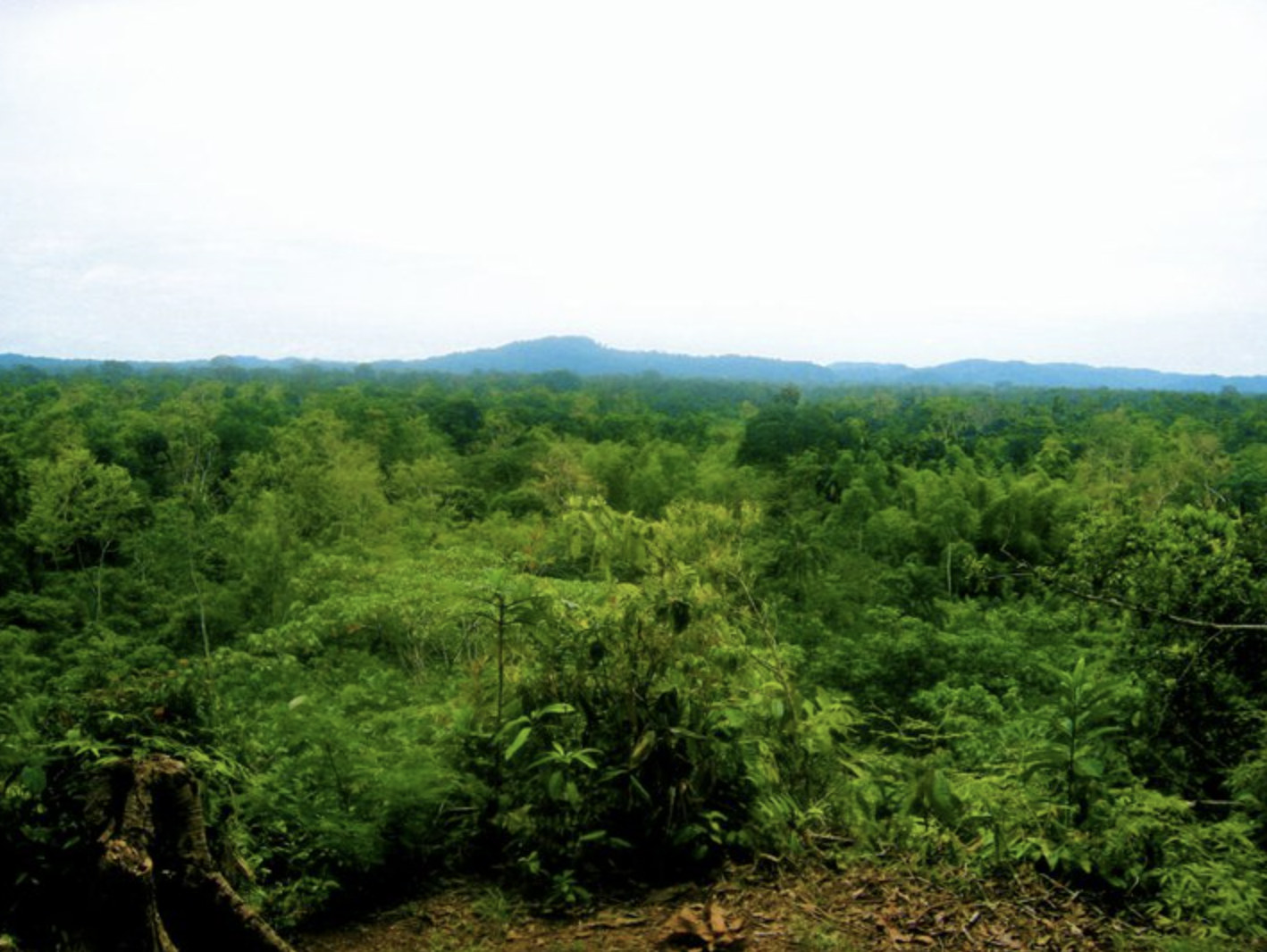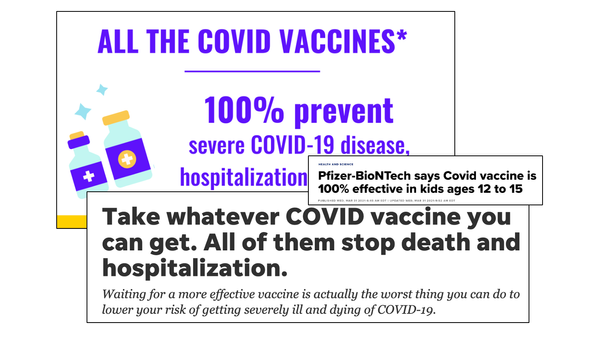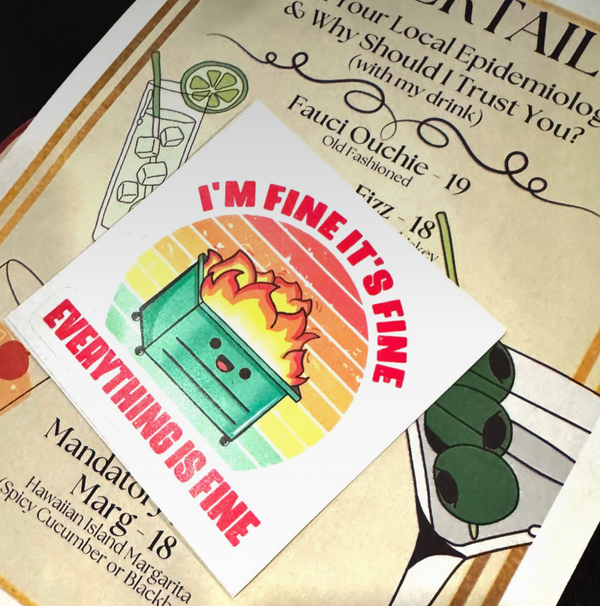Have VAERS reports ever changed vaccine recommendations?

How do we know that vaccines are safe? Has any action been taken from side effects reported to the Vaccine Adverse Event Reporting System (VAERS)? Have vaccine recommendations ever changed in response to reports of adverse events to this system?
To answer that question, I’m going to tell you a story. My last semester of college I spent studying abroad in Ecuador. Ever since playing Amazon Trail as a kid, I had wanted to visit the jungle, and here was my chance – the Amazon was only an 8 hour bus ride away. Before leaving the US, I went to a travel clinic to get the necessary vaccines for the crazy tropical microbes I was about to confront. For most people, that includes the Yellow Fever vaccine, as the mosquitos in the jungle carry this disease. However, I soon learned that the medical community recommended I NOT RECEIVE the Yellow Fever vaccine. Why couldn’t I get this vaccine, when everybody else could?

It’s because of a weird medical thing that happened when I was a kid. When I was 12, a massive teratoma (a type of tumor) was discovered growing next to my heart. Teratomas are one of the weirdest types of tumors — they come from stem cells which can differentiate into any type of human cell, so they’re just a random mix of tissue. Mine had teeth and pancreases, among other things. The tumor was right next to my thymus (a small immune organ) and during the surgery, my thymus was so inflamed and my tumor was so crazy that my surgeon couldn’t tell the difference between the two, so he decided the best action was to take it all out, thymus and all. (I’m totally ok now – the thymus doesn’t contribute much to the immune system after early childhood.)

Except, because my thymus was removed, I can’t get the Yellow Fever vaccine. Why?
If a new vaccine is approved or authorized based on clinical trials, it becomes available for use in the general public. Clinical trials test two main things: is this vaccine safe and does this vaccine work? To answer these questions, they study thousands of people. Analysis of the data from clinical trials will catch the vast majority of side effects from the vaccine, answering the question is this vaccine safe? And of course, by comparing the disease incidence of people who got the vaccine versus people who were in the control group, they can answer the question does this vaccine work? If the data shows that the vaccine is safe and it works to protect against disease, then it will be approved (or authorized) by the FDA for use in the general public.
However, the safety monitoring doesn’t stop there. Sometimes vaccines (and other drugs) can cause super, super rare side effects. So even after a vaccine is FDA approved, it is still monitored for safety. How is this done? By a team effort: anyone (doctors or patients) can report any weird symptoms that could be related to the vaccine to the Vaccine Adverse Event Reporting System (VAERS). Additional monitoring methods are discussed here. Researchers on the back end of these databases look for patterns — if multiple people report the same adverse health event after the vaccine is administered, and the number of reports is higher than would be expected from background rates of that event in the population, then the vaccine is re-evaluated. If after re-evaluation it is shown that the risk of the rare side effect is greater than the risk of the disease it’s preventing, then the vaccine is discontinued. Or, if they find that a certain group of individuals is at higher risk for the rare side effect, then the vaccine becomes contraindicated (vaccine should not be given) for that group. And this is why I can’t get the Yellow Fever vaccine.
As of 2004, a total of 23 people worldwide (a rate of 3 people per 1 million vaccine doses given) developed a severe yellow fever-like disease after getting the yellow fever vaccine. 14 of the people died. A careful review of the situation was performed (including a review of VAERS reports), and it was found that 4 out of the 23 people had a history of thymectomy (surgical removal of thymus). That’s 17% of all the cases, which is way higher than can be explained by chance, as thymectomies are quite uncommon. So because of this review, it was determined that a thymectomy is a significant risk factor for this vaccine reaction, and anyone who has had a thymectomy (like me) shouldn’t get the vaccine. So I didn’t.
Despite my lack of antibodies, I remained extremely uninterested in catching Yellow Fever during my trip to the jungle, so I slept under an ethereal blue mosquito net and wore bug spray. A lot of bug spray.

You may be wondering why this vaccine is still given to people without thymectomies, since 19 out of 23 people who had the side effect didn’t have thymectomies. Well, you have to remember that Yellow Fever can be really, really bad. So even though there is a small risk of serious side effects with the vaccine, for those traveling to areas where Yellow Fever is circulating, the risk of not getting vaccinated and dying from yellow fever is higher than the risk of side effects from the vaccine. For those who aren’t traveling to the jungle, there’s not a benefit of getting the vaccine, so it’s not worth the small risk of side effects. This is always the way any vaccine or medication is evaluated: no drug/vaccine is 100% without side effects, so it’s always an evaluation of the risks versus the benefits. If the risk of the disease it’s preventing is higher than the risk of side effects, then it makes sense to give it. If not, then you don’t give it.
In summary, while no vaccine is 100% without side effects, there are systems in place to continually monitor vaccine safety, detect rare reactions, and take action as necessary. So when the medical community says “these vaccines are safe,” or more explicitly, “the benefits of this vaccine far outweighs the risks,” they are doing their homework to make sure that’s actually true.




